I have a fake profile system for a class project, it requires a profile picture, and it needs an option to change it locally (from your hard drive). I have a working img tag that holds a placeholder image as a default, and when you click change picture, an open file dialog opens. All I need to work now is setting the image link for the img tag with the image they selected. This is what I have so far.
<div id="userphoto">
<a><div class="gravatar-wrapper-128"><img id="image" src="http://blog.ramboll.com/fehmarnbelt/wp-content/themes/ramboll2/images/profile-img.jpg" alt="" class="logo" width="120" height="120"></div></a>
<div class="change-picture-slide" style="top: 30px;">
<input accept="image/*" type="file" id="upload" name="upload" style="visibility: hidden; width: 1px; height: 1px" />
<a href="" onclick="changePicture(); return false">Change Picture</a>
</div>
</div>
<script>
function changePicture() {
//open the open file dialog
document.getElementById('upload').click();
var link = document.getElementById('upload').url;
//change picture
var img = document.getElementById("image");
img.src = link;
}
</script>
Knowing this can not be done, how could I have the image the user selected be uploaded anonymously to imgur and using this link?
